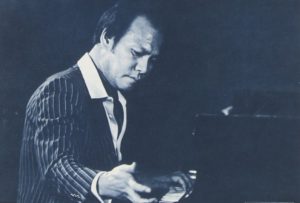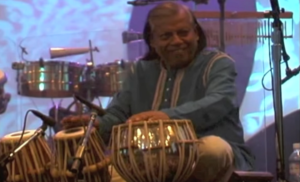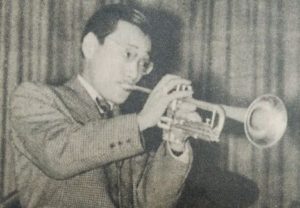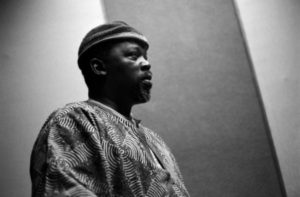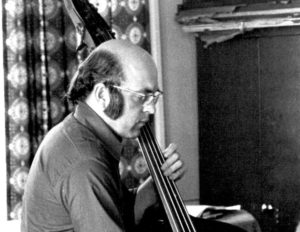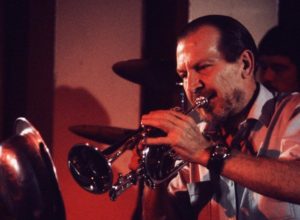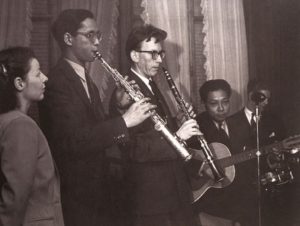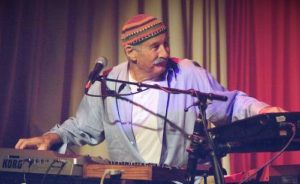Sadao Watanabe
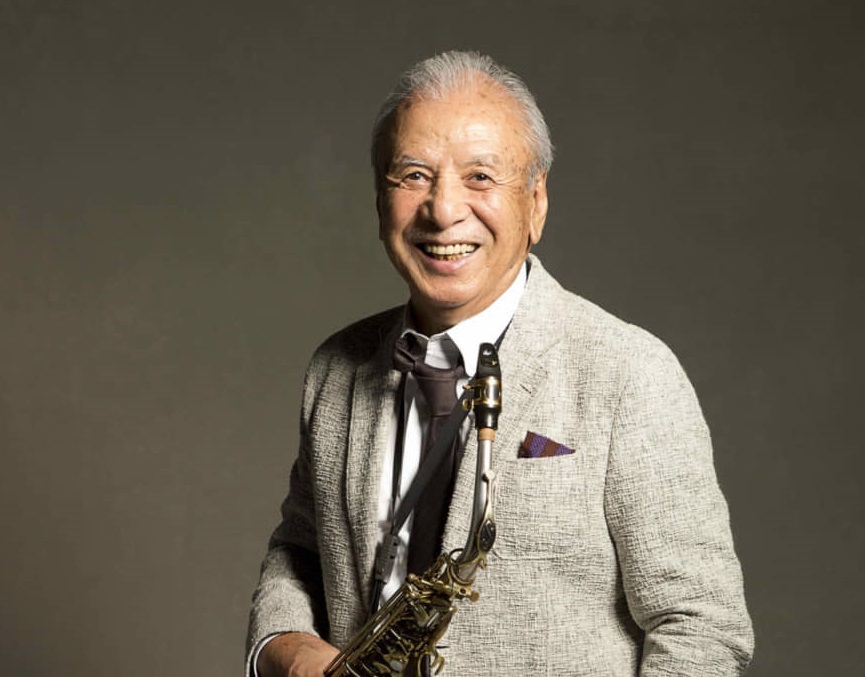
Saxophonist and flautist Sadao Watanabe (1933) has been a figurehead for Japanese jazz for around seven decades. He was born in Utsonomiya, less than 100 miles from Tokyo. His father was a traditional musician, who played a Japanese lute, called the biwa. In the years after the Second World War, American occupying forces sought entertainment from dedicated radio and television channels, the Far East Network (FEN). Popular with young Japanese too, Watanabe first heard jazz on the FEN. He persuaded his father to buy him a clarinet and was soon playing at local dances. In 1953, he travelled to Tokyo and joined Toshiko Akiyoshi‘s quartet. Akiyoshi took the 20 year old, now playing alto axophone, under her wing, taking him along to jam sessions to play with American GIs. Akiyoshi left Japan in 1956 to study at Berklee College of Music, so Watanabe took over leadership of her group. In 1959, he was voted top alto saxophonist in a readers polly by Swing Journal magazine. Two years later, he released his debut self-titled album. In 1962, he decided to follow in her footsteps and study at Berklee. While still a student, he played in bands led by Gary McFarland and Chico Hamilton, and also became interested in Bossa Nova, inspired intially by Sergio Mendes. Back in Japan in 1965, Watanabe started his own jazz school, teaching theory to, among others, free jazz saxophonist Akira Sakata. He sat in with John Coltrane, during the American’s 1966 tour of Japan. In 1967, he recorded the first of three albums with Charlie Mariano and Japan’s first bossa nova record Jazz & Bossa. He followed this up with another bossa album recorded in Sao Paolo, and also performed at the Newport Jazz Festival, his first time as a headliner outside of Japan.
From 1969, Watanabe began a dual career as a radio broadcaster, promoting jazz throughout Japan. His programme ‘My Dear Life’ ran for two decades from 1972. During the early 1970s, Watanabe’s international career flourished with another performance at Newport, a concert at Montreux, which was released as a live album, and visits to Africa and India. Round Trip in 1970 featured a stellar lineup of Chick Corea, Miroslav Vitous and Jack DeJohnette. Watanabe’s backing on I’m Old Fashioned in 1976 rivalled that earlier group with Hank Jones, Ron Carter and Tony Williams. He became interested in fusion during th elate 1970s, recording with Lee Ritenour, Harvey Mason and Dave Grusin.
Watanabe has maintained an impressively prolific recording career from the 1960s into the 2010s, and a short list of musicians who have appeared on his albums might include Herbie Hancock, Marcus Miller and George Benson among the Americans, Richard Bona, Abraham Laboriel, Paulinho Da Costa and Alex Acuña among international collaborators, and Masabumi Kikuchi, Masahiko Togashi and Terumasa Hino among the Japanese. Watanabe is just as comfortable playing straight bebop, bossa nova, fusion or Bach. By the 1980s, he was touring USA regularly and performing to large audiences in Japan. He has played for President Clinton, Nelson Mandela and the Dalai Lama and picked up every imaginable honour in Japan. He continues to perform, releasing a live album recorded at the Blue Note Tokyo with Russell Ferrante, John Patitucci and Steve Gadd as recently as 2019.
Key Recordings:
Round Trip (CBS 1974)
I’m Old Fashioned (East Wind 1976)
Remembrance (Verve 1999)
